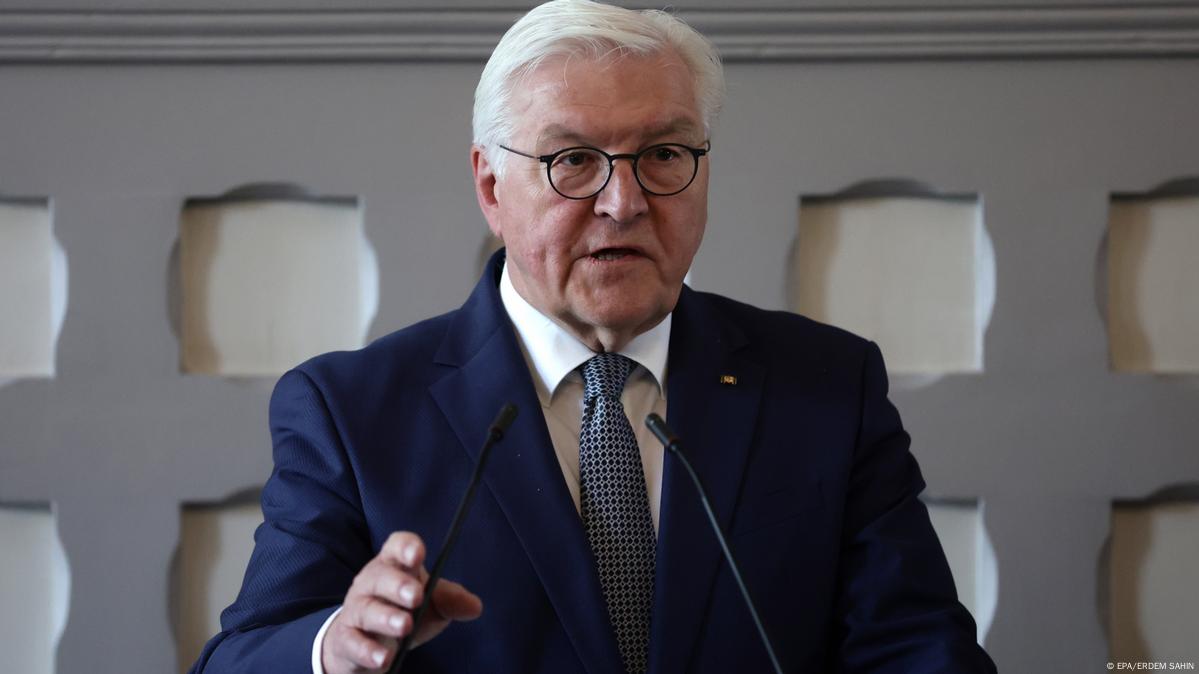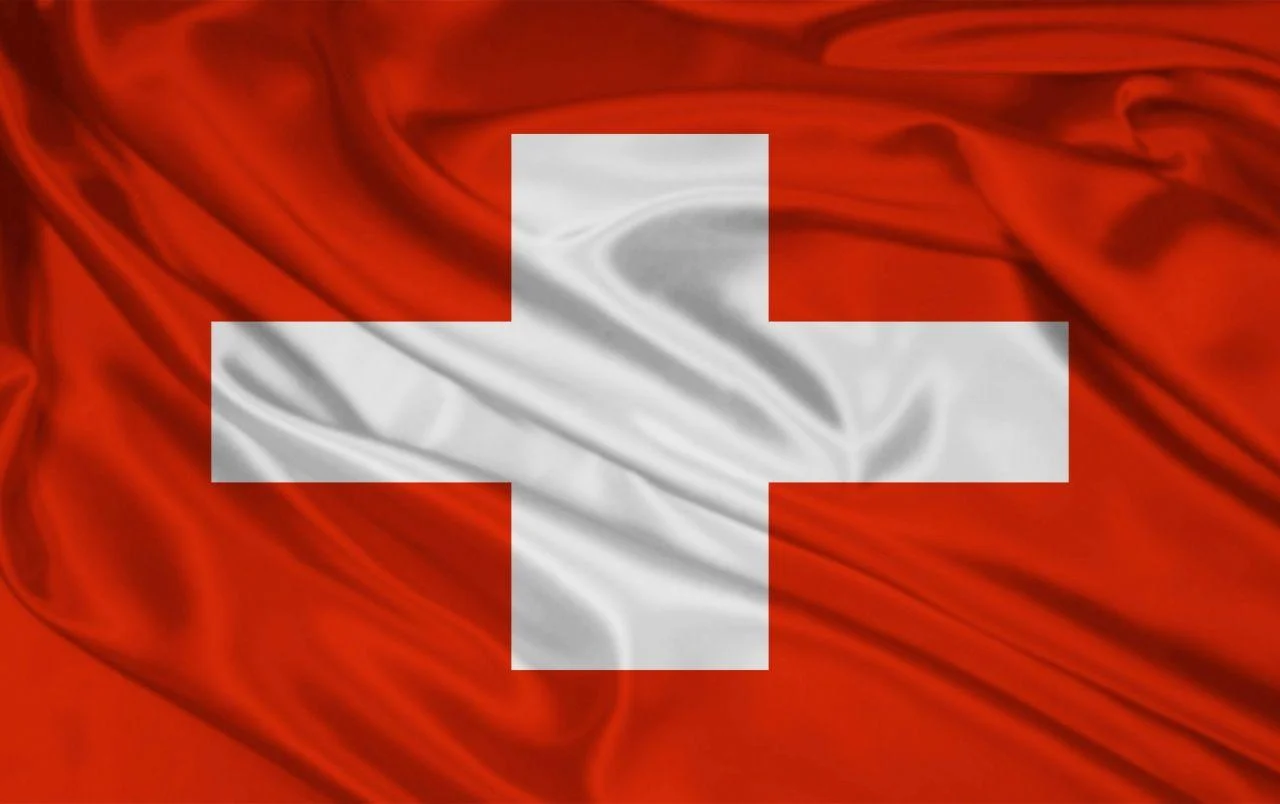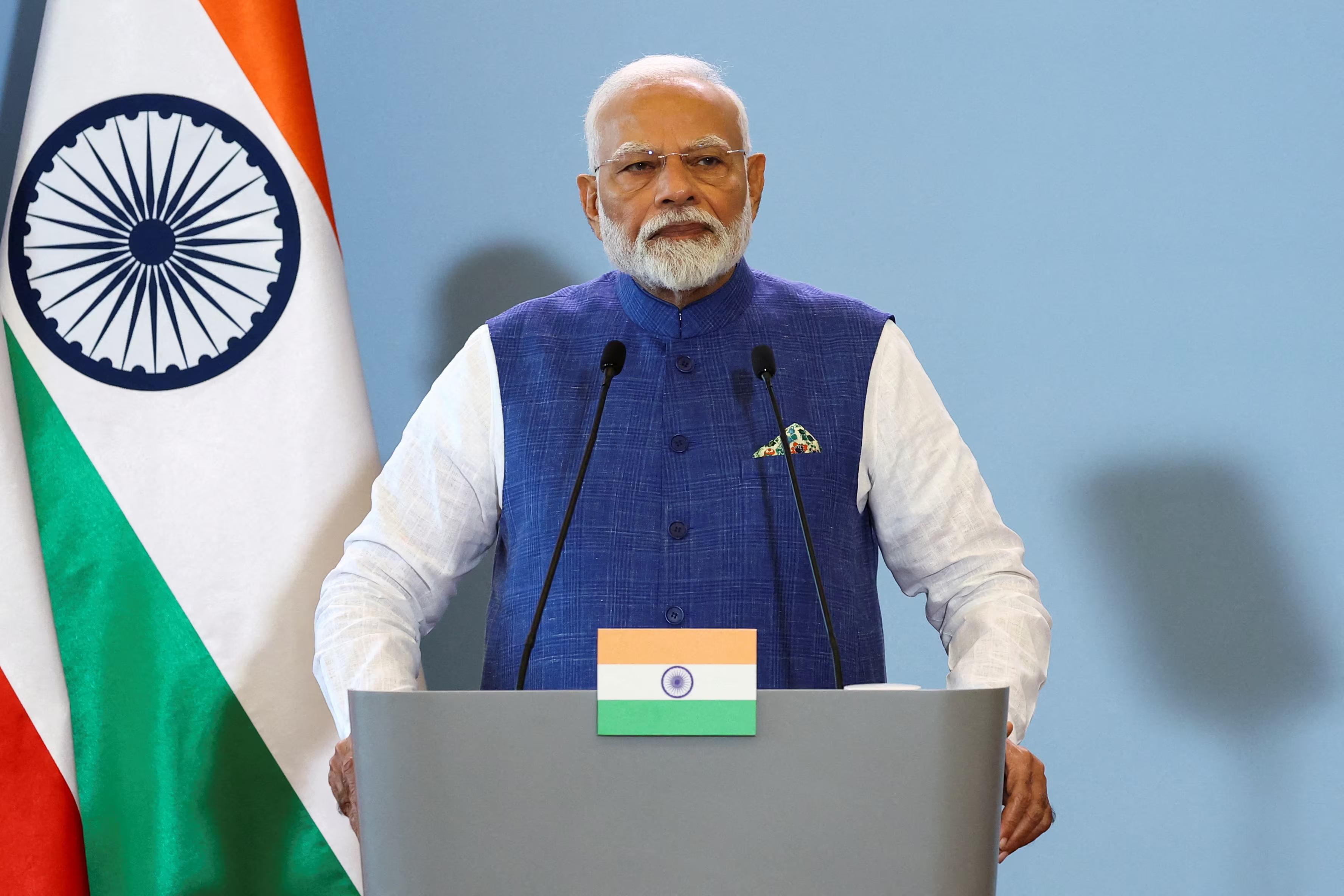Introduction
Gold has long been considered one of the most stable and valuable assets in the world, serving as a hedge against inflation and currency devaluation. With a rich history as a form of money and a reserve asset, gold continues to be a symbol of economic security and strength. In today’s global economy, central banks around the world maintain gold reserves as part of their foreign exchange reserves to boost market confidence, reduce exchange rate volatility, and provide a safeguard during times of economic uncertainty.
We reviews the status of the top 10 nations with the highest gold reserves. In-depth analysis is provided on how each country’s gold holdings have contributed to their overall economic policy. Factors such as historical accumulation, central banking strategies, and the integration of gold in modern financial portfolios are discussed in detail. All figures referenced are grounded in the most reliable publicly available data.
1. United States
The United States holds the largest amount of gold reserves globally, a position it has maintained for many decades. These reserves are predominantly stored in secure facilities like Fort Knox in Kentucky, the Denver Mint, and other federal depositories. The history of the U.S. gold reserves is interwoven with significant economic milestones including the abandonment of the gold standard in the 1970s and the evolving role of gold as a reserve asset.
Today, the U.S. gold holdings are seen as a crucial bulwark against global financial instability. The substantial reserves provide economic leverage and a safeguard during periods of currency volatility. With strategic policies in place, the government ensures that these reserves contribute to national financial credibility and stability. The presence of such an immense store of value continues to be a point of discussion among economists and policymakers alike.
Data Metrics
Market Position::
- Gold Reserves:: 8,133.5 metric tonnes.
- President:: Donald J. Trump.
- GDP:: $30.34 trillion.
- Reserves:: Fort Knox in Kentucky, Denver Mint etc.
- Currency:: USD
- Economic:: Projected to have 1.5% to 2.2% slowdown.
- Net Income:: Projected to be $180.1 billion.
- Debt:: $33.1 trillion.
- Purchasing Power:: $30.337 trillion.
2. Germany
Germany’s gold reserves are among the largest in the world and serve as a critical element of its national wealth. Historically, Germany’s accumulation of gold accelerated during periods of post-war economic recovery and reintegration into the global financial system. The German central bank has maintained a transparent policy regarding its gold holdings, periodically repatriating portions of its reserves from foreign vaults.
The stability of the euro and Germany’s influential role in the European Central Bank further underscore the importance of gold reserves as a symbol of economic strength and insurance against currency fluctuations. Analysts often cite Germany’s gold policy as an exemplar of prudent fiscal management and risk mitigation in an increasingly interconnected global economy.
Data Metrics
Market Position
- Gold Reserve:: 3,350 metric tonnes.
- President:: Frank W. Steinmeier.
- GDP:: $4.922 trillion.
- Reserves:: Bundesbank in Frankfurt (50%), the Federal Reserve Bank of New York (37%), and the Bank of England (13%).
- Currency:: Euro
- Economic:: Projected to reach 0.3% growth rate.
- National Debt:: $€2.7 trillion.
- Purchasing Power:: $6.175 trillion.
3. Italy
Italy is among the top holders of gold, with its reserves reflecting decades of economic and monetary policy focused on stability and security. The Italian central bank has long recognized the intrinsic value of gold, using it as a key part of its foreign exchange reserves. These reserves have historically provided a buffer in times of economic uncertainty, and they are an integral part of Italy’s commitment to financial resilience.
Over time, Italy’s gold reserves have also served as an important tool in fostering investor confidence. As European and global markets fluctuate, Italy’s wealth in gold continues to secure its position as a competitive and stable economy within the European Union. The nation’s policy of not liquidating its gold reserves hastily is indicative of a long-term strategy to maintain economic stability.
Data Metrics
Market Position:
- Gold Reserve:: 2,451 metric tonnes.
- President:: Sergio Mattarella.
- GDP:: $3.69 trillion.
- Reserves:: Bank of Italy's head office in Rome, with an additional amount stored with banks in the UK, US, and Switzerland.
- Currency:: Euro
- Economic:: Projected GDP growth of 1.0%.
- Purchasing Power:: $3.134 trillion.
- National Debt:: $3,069.8 billion USD.
4. France
France has long been recognized for its robust gold reserves, a holdover from periods when gold was central to national monetary policy. The French government has consistently managed its gold assets with a focus on maintaining fiscal stability and market confidence. French policymakers see gold not only as a store of value but also as a strategic instrument capable of mitigating external financial shocks.
French historical practices, including the revaluation of its gold holdings during periods of economic transition, have positioned the nation as one of the most reliable custodians of gold in the modern world. Amid ongoing discussions about currency stability in the eurozone, France’s sustained focus on its gold reserves continues to reinforce its position as an economic leader in Europe.
Data Metrics
Market Position:
- Gold Reserve:: 2,437 metric tonnes.
- President:: Emmanuel J.F Macron.
- GDP:: $3.845 trillion.
- Reserves:: Banque de France's ultra-secure vault, known as "La Souterraine," in Paris.
- Currency:: Euro
- Economic:: Projected GDP growth of 0.7%.
- Purchasing Power:: $3.845 Trillion.
- National Debt:: $3,659.21 billion U.S.
5. Russia
Over recent decades, Russia has significantly increased its gold reserves as part of a broader strategy to diversify away from reliance on foreign currencies. The growth in gold accumulation reflects Russia’s desire to bolster its national security and economic independence in the face of global uncertainties. The central bank of Russia has been proactive in purchasing gold, recognizing its role as a non-sovereign asset that can provide critical support during periods of market instability.
Russia’s stance on gold is intertwined with its broader geopolitical strategy. In an era characterized by economic sanctions and currency fluctuations, the nation’s increasing reliance on gold as a reserve asset demonstrates a forward-thinking approach to safeguarding its national interests. As such, Russia’s gold holdings are not merely a financial metric but a symbol of its economic sovereignty.
Data Metrics
Market Position:
- Gold Reserve:: 2,335.85 metric tonnes.
- President:: Vladimir Vladimirovich Putin.
- GDP:: Projected to be around $1.605 trillion in real GDP terms.
- Reserves:: Bank of Russia, with two-thirds located in a building in Moscow and the remaining one-third in Saint Petersburg.
- Currency:: Russian Ruble
- Economic:: Central bank forecasts a 1-2% growth, the government anticipates a 2.5% increase.
- Purchasing Power:: $8.43 trillion.
- National Debt:: $291.7 billion.
6. China
China’s position as a major global economic power is complemented by its steadily rising gold reserves. Over the past decade, China has augmented its gold holdings substantially, both as a signal of monetary strength and as a hedge against inflation and currency devaluation. The People’s Bank of China has been deliberate in its strategy to accumulate gold, recognizing its global significance and the role it can play in stabilizing the nation’s economic outlook.
Chinese policymakers view gold as a critical component of a modern, diversified reserve asset framework. While the country is already one of the leading economies in the world, its significant investment in gold underlines a continued commitment to long-term economic stability and a move towards reducing dependence on traditional foreign reserve currencies. The steady accumulation of gold is seen as a prudent financial strategy to support its growing economic influence on the global stage.
Data Metrics
Market Position:
- Gold Reserve:: 2,290 metric tonnes.
- President:: Xi Jinping.
- GDP:: $19.53 trillion.
- Reserves:: Believed to be stored in vaults in Beijing.
- Currency:: Chinese Yuan
- Economic:: Projected to be around 4-5%.
- Purchasing Power:: $39.44 trillion.
- National Debt:: $18.44 trillion.
7. Switzerland
Known for its financial stability and banking secrecy, Switzerland is a key player in the global gold market. Its gold reserves not only reflect a rich history of prudence in fiscal management but also underscore the country’s reputation as a secure financial haven. The Swiss central bank has managed its gold stores with great care, treating them as a safety net against external economic shocks.
Historically, Switzerland’s gold holdings have been seen as a symbol of fiscal prudence. The country’s ability to maintain low inflation, coupled with its stable political environment, is partly due to the substantial gold reserves that form an essential component of its economic strategy. Investors and analysts continue to view Switzerland’s gold policies as a benchmark for effective reserve management in uncertain global conditions.
Data Metrics
Market Position:
- Gold Reserve:: 1,040 metric tonnes.
- President:: Karin Keller Sutter.
- GDP::$884.9 billion.
- Reserves:: 70% stored in Swiss National Bank (SNB) in Berne, 20% stored in Bank of England, and 10% Bank of Canada.
- Currency:: Swiss Franc
- Economic:: Projected to be around 1.4%.
- Purchasing Power:: $878.17 billion..
- National Debt:: 37.20% of its GDP.
8. India
India’s approach to gold is unique in that it combines both a strong cultural affinity and an economic strategy. Traditionally, gold has been a symbol of wealth and prosperity in India, and this cultural importance is reflected in the nation’s official gold reserves. The Reserve Bank of India has steadily maintained its gold holdings to ensure financial security and to bolster investor confidence during turbulent times.
Beyond its cultural significance, India’s gold reserves serve as an important instrument in its macroeconomic policy. As the country continues to grow rapidly and integrate further into the global financial system, the importance of holding gold as a stabilizing asset has never been greater. Financial experts note that for India, gold is not only an economic buffer but also a strategic reserve that anchors its financial markets.
Data Metrics
Market Position:
- Gold Reserve:: 876.20 tonnes.
- Prime minister:: Narendra Modi.
- GDP::$4.27 trillion.
- Reserves:: Bank of England (UK), the Bank for International Settlements (Switzerland), and the Federal Reserve Bank of New York (USA) and the Reserve Bank of India
- Currency:: Indian Rupee
- Economic:: Projected to be around 6.5%.
- Purchasing Power:: $14.929 trillion.
- National Debt:: $2.4 trillion.
9. Japan
While Japan’s gold holdings are significantly lower than those of the United States or Germany, they remain an important part of its overall financial strategy. The Bank of Japan has traditionally maintained a moderate gold reserve, balancing the role of gold with a diverse portfolio of assets. Japan’s economic policy emphasizes stability and gradual growth, with gold playing a supportive role in its broader financial system.
Given Japan’s advanced economy and its challenges with deflationary pressures over recent years, its gold reserves are managed carefully as a tool of economic resilience. The relatively modest size of Japan’s gold holdings, when compared with global leaders, does not detract from their significance as part of a diversified strategy that protects against market volatility.
Data Metrics
Market Position:
- Gold Reserve:: 845.97 tonnes.
- Prime minister:: Shigeru Ishiba.
- GDP::$4.39 trillion.
- Reserves:: Stored in the Bank of Japan.
- Currency:: Japanese Yen
- Economic:: Projected to be around 1.1% to 1.2%.
- Purchasing Power:: $6.77 trillion.
- National Debt:: $8.7 trillion.
10. Netherlands
The Netherlands rounds out the top 10 list with a robust reserve of gold that, despite its relatively modest volume compared to larger economies, remains highly significant for its financial architecture. The Dutch central bank has long recognized the importance of gold as a reserve asset and has maintained a policy that emphasizes transparency and fiscal responsibility.
In a nation known for its advanced financial infrastructure and active participation in global markets, the Netherlands’ gold holdings are a testament to its commitment to economic stability. The country’s strategy of combining gold with a diversified portfolio of assets ensures that it remains resilient in the face of economic uncertainty. Analysts credit the Dutch model with providing a balanced approach to managing national wealth.
Data Metrics
Market Position:
- Gold Reserve:: 612.45 metric tons.
- Prime minister:: Dick Schoof.
- GDP::$1.27 trillion.
- Reserves:: 31% held at De Nederlandsche Bank's (DNB) gold vault in Amsterdam, 31% at the Federal Reserve Bank of New York, 20% at the Bank of Canada in Ottawa, and 18% at the Bank of England in London.
- Currency:: Euro
- Economic:: Projected to be around 1.5%.
- Purchasing Power:: $1.51 trillion.
- National Debt:: $509 billion.
Economic and Geopolitical Implications
The data on gold reserves provides important insights into the broader dynamics of global economic power. Countries that hold significant amounts of gold typically use these reserves as a hedge against inflation, a tool for managing exchange rate stability, and as collateral in international finance. The strategic accumulation of gold by states like Russia, China, and the United States has notable ramifications for international relations and global financial markets.
Geopolitically, nations with substantial gold reserves are often viewed as having enhanced bargaining power in global negotiations. This influence is especially critical in times of economic uncertainty or when traditional reserve currencies experience volatility. Gold, as an asset with intrinsic value and finite supply, represents a tangible measure of wealth that can be mobilized in ways that other assets cannot.
Moreover, the continued investment in gold underscores a shared global acknowledgement of its role in risk management and economic planning. Financial institutions across the world monitor shifts in gold reserves as an early indicator of broader economic trends. This proactive stance on gold accumulation has, in many instances, pre-empted market instability and contributed to a more stable international monetary system.
Historical Perspective and Future Outlook
Historically, gold has been at the center of monetary systems for centuries. The evolution from gold coins to gold-backed currencies and eventually to fiat money has not diminished the metal’s inherent value. In fact, as economies have advanced, the strategic role of gold has been redefined—from being the basis of currency to serving as a critical asset in central banks’ portfolios.
Looking ahead, the future of gold reserves appears robust. In a rapidly changing global economic environment, uncertainties such as geopolitical tensions, shifts in trade policies, and unexpected market disruptions continue to bolster the argument for holding gold as a safe haven asset. With emerging technologies and shifting economic paradigms, the intrinsic value of gold remains resilient. Many policymakers advocate for an increase in gold reserves as a precautionary measure, ensuring that national economies can withstand external shocks.
The trends observed in recent decades suggest that while digital currencies and other financial instruments are gaining traction, gold will likely remain a key component of national reserves. Its physical nature, limited supply, and universal acceptance combine to secure its role as a bulwark against economic volatility. The decisions made by governments today regarding gold accumulation will undoubtedly influence economic policies for years to come.
Conclusion
The top 10 countries with the highest gold reserves—ranging from the United States with its impressive 8,133.5 metric tons to the Netherlands with 612.45 metric tons—demonstrate the continued strategic importance of gold in a globalized economy. Each country’s approach to maintaining and augmenting its gold reserves reflects a broader commitment to economic stability, investor confidence, and geopolitical leverage.
This report has provided an in-depth review of these nations’ gold holdings and has examined the historical context, current policies, and future implications of their strategies. In an era where financial markets are increasingly volatile and global uncertainties abound, the judicious management of gold reserves is more than a reflection of past policies—it is a decisive factor in shaping the economic future.
Moving forward, continuous monitoring of gold reserve trends will be essential for understanding the shifting dynamics of global power. Policymakers, economists, and financial institutions alike must remain cognizant of the value that gold represents—not only as a store of wealth but also as a cornerstone of economic resilience. As such, the gold reserves reported today offer a significant insight into the economic strategies that countries employ to safeguard their financial stability.








































Comments